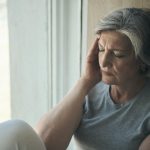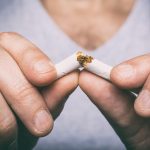
The key to a happier and longer marriage may be pooling your money. Researchers found that couples with joint bank accounts had better relationships, fought less about money and felt better about how their household finances were handled. “When we surveyed people of varying relationship lengths, those who had merged accounts reported higher levels of communality within their marriage compared to people with separate accounts, or even those who partially merged their finances,” said Jenny Olson, an assistant professor of marketing at Indiana University’s Kelley School of Business. “They frequently told us they felt more like they were ‘in this together.’” The authors recruited 230 newlyweds or engaged couples, following them for two years in their early married life. Each of them began the study with separate bank accounts but consented to potentially changing their financial arrangements. Study participants had a mean age of 28. None had been previously married. About 75% were white and 12% were Black. One-third of participants had a bachelor’s degree and a median household income of $50,000. The couples had known each other an average of five years and had been romantically involved for an average of three years. About 10% had children. While some couples were randomly assigned to keep their separate bank accounts, others were told to open a joint bank account instead. A third group was allowed… read on > read on >
























-300x200.jpg)













